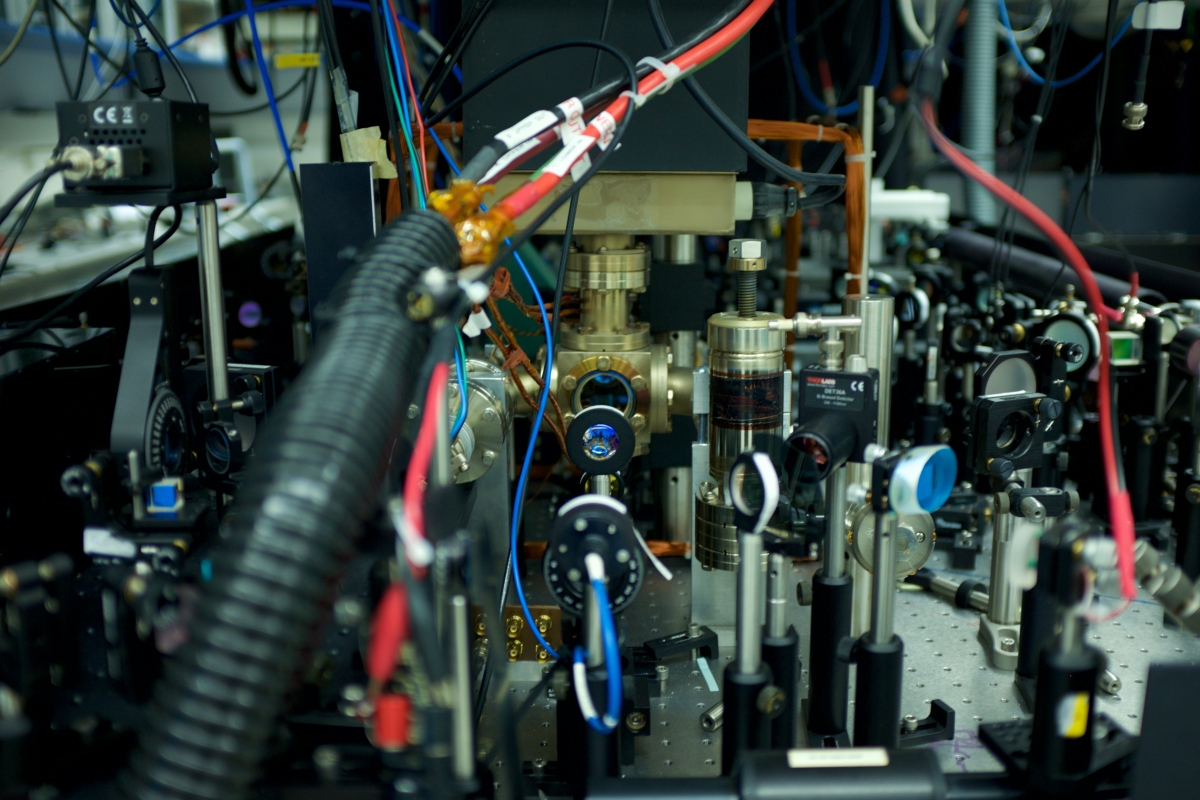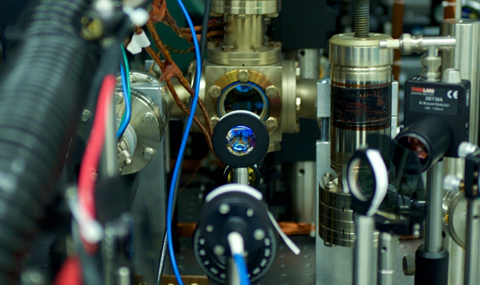We investigate the coherence properties of ultra-cold rubidium atoms trapped in far-detuned optical dipole traps using microwave and two-photon optical spectroscopy. We study the effects of the trapping potential, atomic collisions and dynamical control on the atomic coherence and develop new methods to elongate it. For microwave “atomic clock” spectroscopy of ultra-cold dense atomic ensembles s-wave atomic collisions yield normal and anomalous diffusion in frequency space leading to either increase or decrease of the atomic coherence times. We use the long atomic coherence for sensitive spectroscopic measurements of atomic interactions, inertial forces and weak external fields

We also investigate anomalous dynamics of ultra-cold rubidium atoms in dissipative optical lattices. We study self-similarity anomalous diffusion, velocity, position and phase space distributions with diverging moments, breakdown of equipartition, and position-momentum correlation with power low decay, and power-law decay to equilibrium. Finally, we use study chaotic dynamics with ultra-cold atoms as a test case for quantum chaos and its connection with classical physics.


